The World Press Photo Exhibition
This November, the Southbank Centre hosts the annual international World Press Photo Exhibition, presenting exceptional examples of photojournalism from around the world.
The World Press Photo acts as a magnet for a huge range of wordwide visual reportage; this year, the competition’s 55th, saw 101,254 images submitted by 5,247 photographers from 124 different countries. The prize-winning entries are exhibited in 45 countries, and the competition is a serious force against censorship.
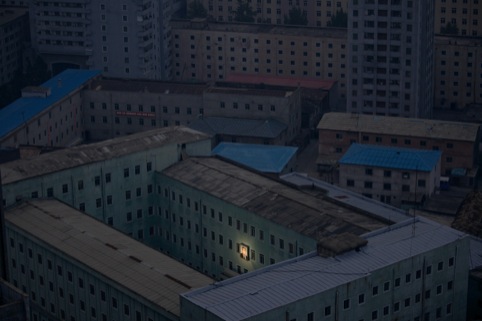
This year’s exhibition contains 167 photographs with subject matter including the Arab Spring – from demonstrators in Tahir Square to Libyan rebels fighting during the uprising against Colonel Gaddafi; the aftermath of the Japanese earthquake and tsunami; and the Norwegian massacre on Utøya island.
In several of the images, harrowing subject matter is afforded a strange, even perverse beauty by the skill of the photographer, raising the question of guilt and responsibility which that pervades photojournalism – why didn’t they do something? Holding a camera up to capture pain has a touch of voyeurism about it, a pandering to aestheticism in the face of atrocity.
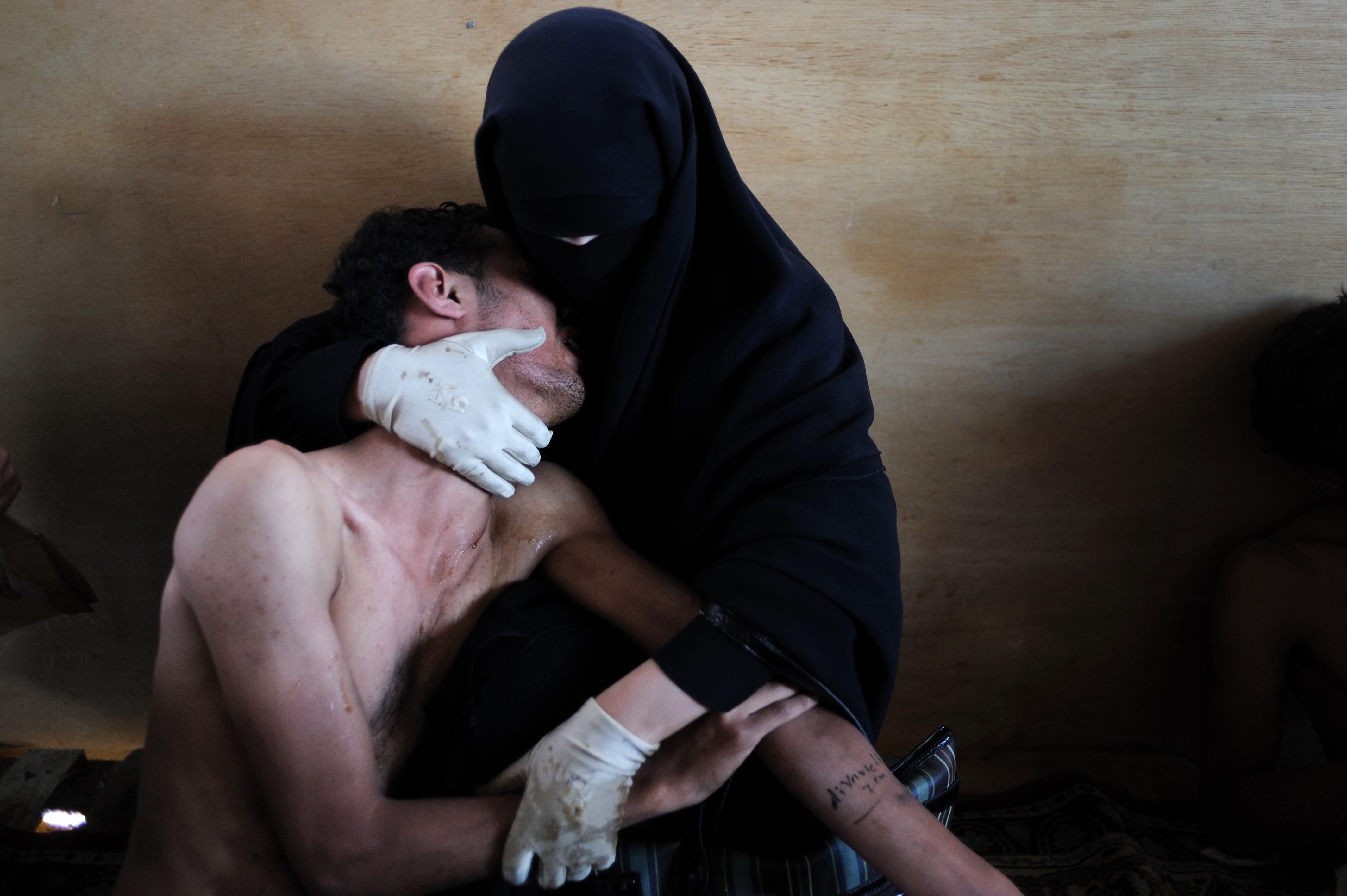
This year’s winning image by Samuel Aranda is an image of a Yemeni woman, Fatima al-Qaws, holding her son Zayed after a tear gas assault in Sanaa, Yemen. All the images are accompanied by the necessary journalistic documentation: on 15 October 2011 Zayed was fired at as he approached a government checkpoint during protests against the authoritarian President Ali Abdullah Saleh; he remained in a coma for two days after the incident. The image was taken at a mosque that was being used as a temporary field hospital, where the mother found her son among the wounded.
These are the facts. But the image has its own narrative – the mourner is shrouded in her burqa, shielded from revealing her emotion, whilst the victim is unclothed and exposed, white against black. It’s impossible not to aestheticise an image like this – in choosing it to win the competition, the judges confirmed its power not simply as a piece of documentation, but as art. This is a problem which pervades the exhibition.
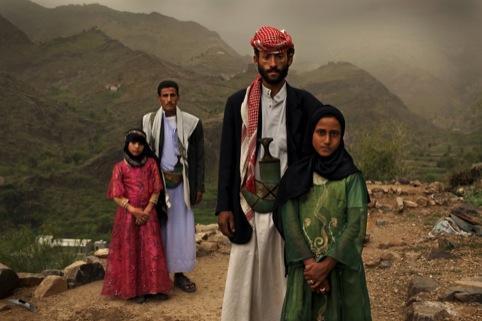
That said, not all the photographs feature pain. Ron Hornstra’s image of Sochi Singers in Russia is a portrayal of life enjoyed and time passed. Damir Sagoli’s image of an enclosed network of walls and windows in North Korea, punctuated by a single glowing image of Kim Il-sung, is absent of human individuality.
Stephanie Sinclair’s image of men and girls in the mountains of Hajjah, Yemen, looks like it might yield to an objective portrayal of life-lived, posed for – until you see the caption ‘Child Brides’. It seems as if pain and perversity is the key to a photo worth seeing, an image worth taking away.
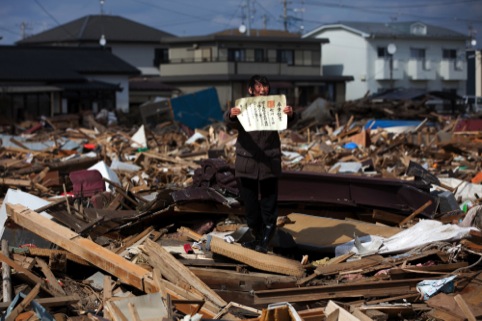
Particuarly striking is Alejandro Kirchuk’s image, ‘Never Let You Go’, featuring an old couple in Buenos Aires, the wife suffering from Alzheimers. This is pain at its quietest – the camera is a loud intervention.
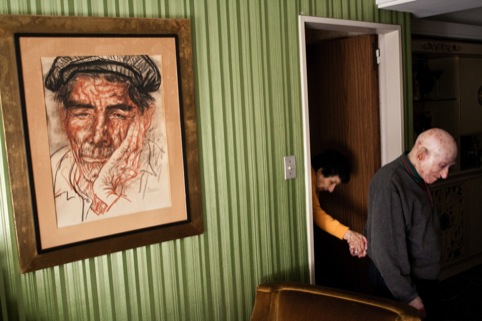
Overall, this is an important exhibition, supporting the skills and practice photojournalism, and at the same time questioning the act of snapping the shutter on pain and atrocity.
The World Press Photo Exhibition is on show from 9 – 27 November 2012 at the Southbank Centre, Belvedere Road, London SE1
-
Post a comment




